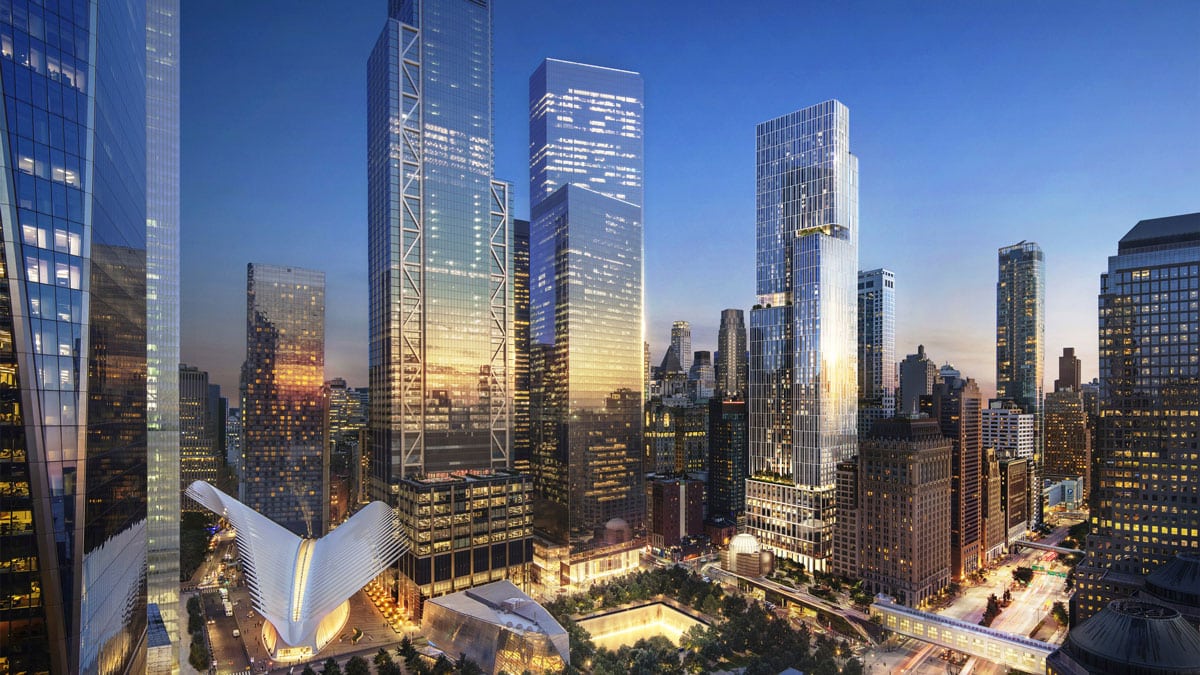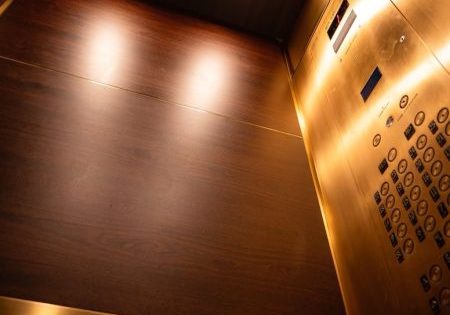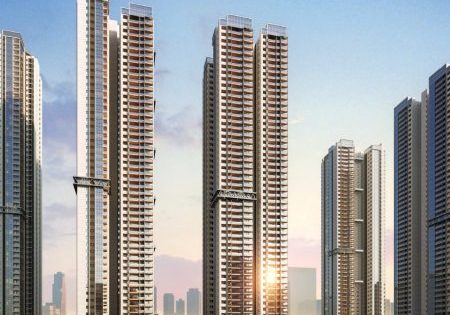Experts: COVID-19, Climate Change to Impact Tower Design
Just as the September 11, 2001, attack on the World Trade Center in NYC prompted significant changes in skyscraper design, the COVID-19 pandemic of the past couple of years and ongoing concerns about climate change are likely to have an impact on new tall buildings over the next 20 years, experts told Dezeen in a recent article. Gary Kamemoto, principal at architects Maki and Associates, said considering many modern towers are sealed structures that rely on artificial ventilation, the pandemic will promote demand for naturally ventilated skyscrapers with openable windows to help create healthier internal environments. This, he said, can also help reduce buildings’ overall carbon footprint, generally seen as an effective way to fight climate change. Another possible change to building designs could be the use of power-generating faҫades, Ung-Joo Scott Lee of architecture firm Mophosis told the source. He and other experts suggested that smaller windows and the use of photovoltaic surfaces could mark the next big trend in skyscraper design. Other predictions for high rises include the growing use of cross-laminated timber, a building material noted for wood’s ability to sequester atmospheric carbon, and more designs incorporating high-rise bridges, which can help make buildings safer.
Get more of Elevator World. Sign up for our free e-newsletter.









